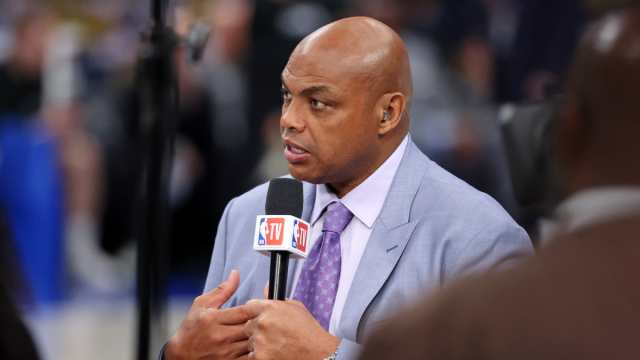
Bronny James’s Height Controversy Reflects Pattern in NBA’s Reporting
The discussion around Bronny James’s actual height – he measured 6’1.5″ at the NBA combine despite being listed at 6’4″ at USC – reflects a broader pattern in basketball’s height-reporting practices and raises questions about his NBA ceiling. While initial reactions accused James of misrepresenting his height, NBA insider Ryen Russillo recently provided important context on The Bill Simmons Podcast about why such discrepancies occur.
“Now the six one and a half, I think it’s also important to point out that they stopped doing the combine measurement in shoes,” Russillo explained, highlighting a significant change in the NBA’s measurement protocol. This shift has exposed how common height inflation has been throughout basketball, with countless players historically benefiting from shoe-inclusive measurements that added 1-2 inches to their listed heights.
The timing of this measurement change impacted James’s draft process, as he became one of the first high-profile prospects measured under the new, more accurate system. While his 6’7.25″ wingspan and 8’2.5″ standing reach suggest adequate length for an NBA guard, his recent G League performances have highlighted how his size limitations affect his game.

Through his first eight G League appearances, James’s struggles with ballhandling against pressure and creating separation in isolation situations reflect the challenges of being a smaller guard. His recent Winter Showcase performances – including a six-turnover game where he committed three basic backcourt violations – suggest that playing point guard at the NBA level might be particularly challenging at his true height.
Given this context, his shooting efficiency (7-of-33 from three-point range in G League play) and true shooting percentage of 45.4 are even more concerning. While players historically could mask slight height disadvantages through elite skill or athleticism, James’s current development trajectory and actual measurements present a more complicated path to NBA success than his listed college height might have suggested.
The height revelation, combined with his early professional struggles, underscores why many scouts view James as a long-term project rather than an immediate contributor. However, with the average NBA point guard measuring around 6’2″, James’s physical tools – particularly his wingspan – still provide a foundation for development if he can refine his ballhandling and shooting efficiency.





